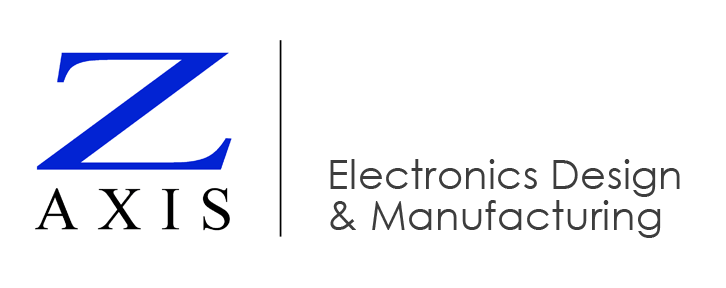Small PCBA Video TranscriptMany electronic products for medical, commercial and industrial use are manufactured in the USA. As these products keep getting smaller, OEMs need to take a close look at the capabilities of their design and manufacturing partners.
Here are five things to consider in the design and manufacturing of very small printed circuit board assemblies.
Component Selection
Let’s start with component selection. As components keep getting smaller, manufacturers need the latest equipment to handle them. Here’s an example with transistors: Packaging sizes range from SOT to chip scale.
When you’re trying to minimize the board size, you probably want to choose components as small as possible. But you need to know the capabilities of your manufacturing services provider. Look for processes and equipment such as precision stencil printing, and modern pick-and-place machines that can handle fine pitch devices.
Board Layout
Next consider the board layout, whether you do it yourself or outsource the design. There are many things that need attention. One is “spaces and traces.” standard trace width and spacing is .004” . You can reduce that to .003” for a premium.
Another is the spacing between heat-generating parts. Complex integrated circuits dissipate the same amount of power in a smaller area as their package size shrinks. When using the smallest parts you may need to add a heat sink, thermal gel or encapsulation.
Circuit Board
To fit the circuit design into the available space, you might consider the cost trade-offs of using a multi-layer board instead of a simple two-layer board.
Another space-vs-cost trade-off is hole size. The smallest standard hole using a mechanical drill is 0.008” . For a premium you can get laser-drilled holes as small as .003”.
Depaneling
You should consider how the boards will be paneled for manufacturing. The size and layout of your boards may limit the processes that can be used to separate, or depanel them, after assembly. Conversely, if your manufacturer has limited capabilities in this area, it will affect your board design choices. For example, you should avoid v-scored panels, which leave a jagged edge after depaneling. The variance can be as much as 0.020” on each edge. The tolerance on the overall size of the board will need to take that into account.
If boards will be depaneled by routing, the designer needs to keep parts at least 0.010” away from the edge.
However, if your manufacturer has laser depaneling capabilities, you can place components as close as 0.005” to the edge, gaining more usable board space. You will also achieve the best tolerance on overall board size. This can be very important if the space in the top-level assembly is tight.
Top-Level Assembly
And that leads to the final consideration: how the PCB assembly will fit in the top-level assembly. If you outsource the design, be sure to let the designer know what is critical and what is negotiable…
for example, whether connectors must be in fixed locations due to your assembly design.
Don’t forget the 3D volume – including the height of the components, and whether these height restrictions vary across the board.
Indicate how the board will be held in place. For example, the designer needs to know if they must account for screw head clearances.
Learn more
These are just a few of the many, many considerations in the design and manufacturing of very small printed circuit boards in the USA. .
